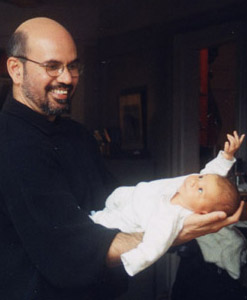Qasim Zaidi, PhD
SUNY Distinguished Professor

Education
Ph.D., 1984Behavioral Sciences, University of Chicago, Chicago, IL. (Color vision, Behavioral decision theory)
B.S., 1973
Mathematics, Orta Dogu Teknik Universitesi, Ankara, Turkey. (Probabilty, Measure theory)
Contact
Graduate Center for Vision Research,
SUNY College of Optometry
33 West 42nd Street New York, NY 10036
Phone: +1 212 938-5542; Lab: +1 212 938-5756;
Fax: +1 212 938-5537
Email: qz@sunyopt.edu